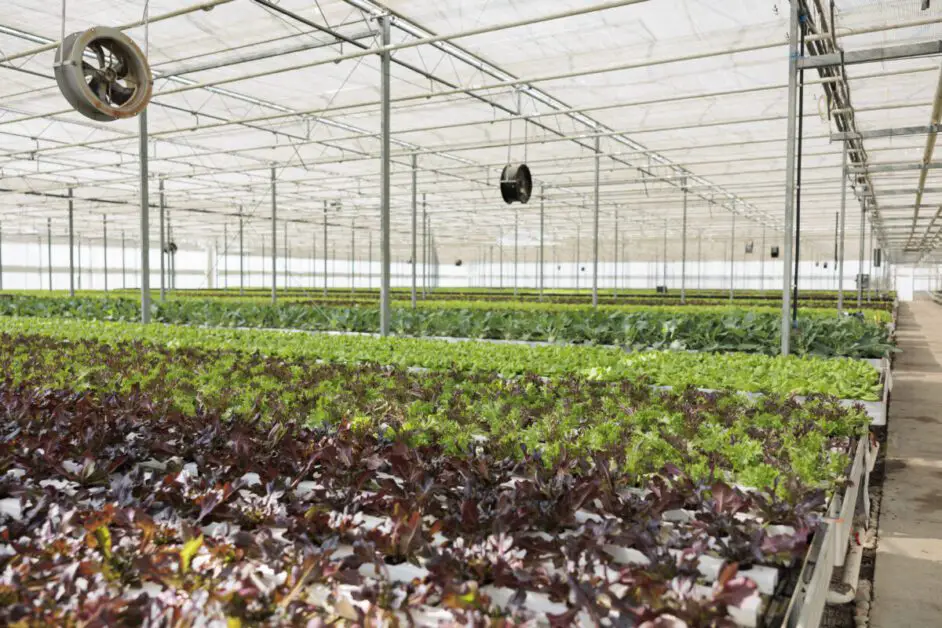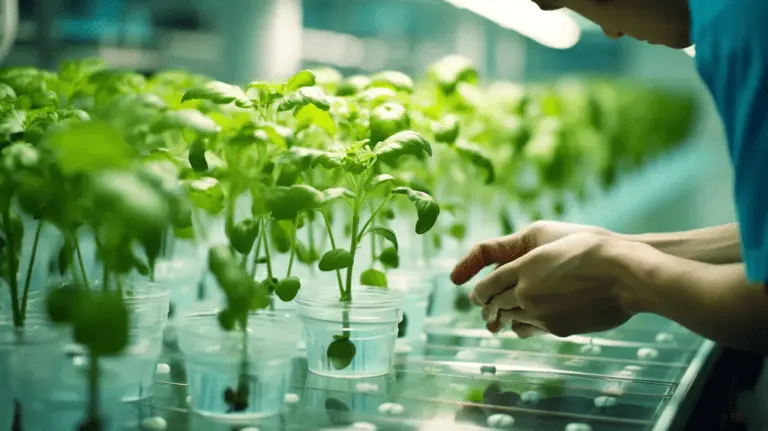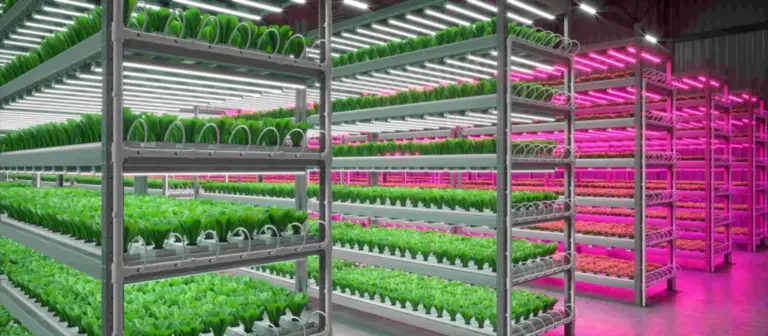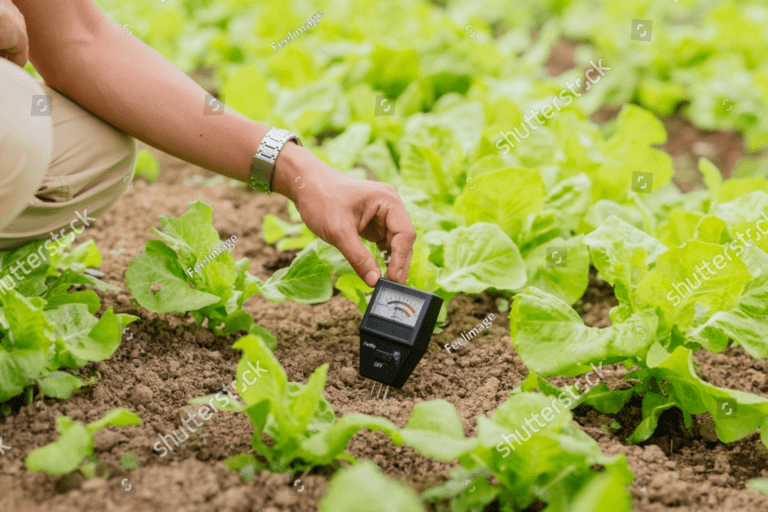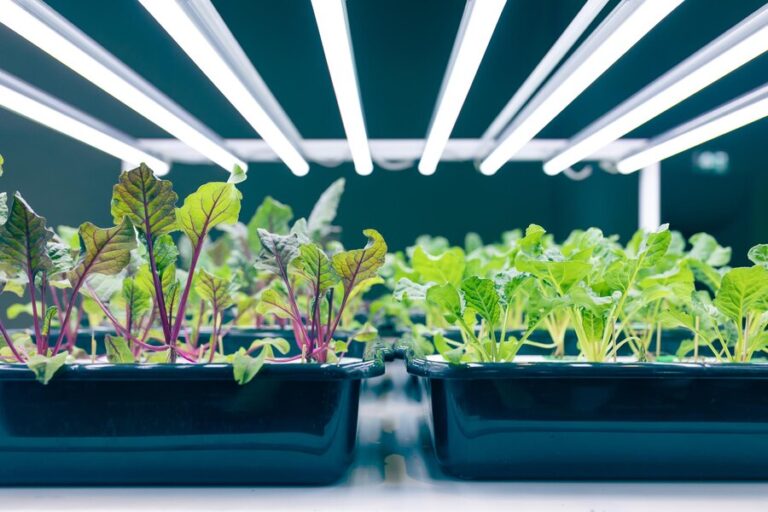How to Control the External Factors that Affect Germination in Hydroponic Rockwool
Table of Contents
Temperature Management: Understanding the optimal temperature range for germination and implementing appropriate measures to regulate temperature fluctuations in the hydroponic system.
Temperature management is a critical factor in ensuring successful germination in a hydroponic system. Understanding the optimal temperature range for germination is key to providing the ideal conditions for seedling growth. Generally, most plant species thrive within a temperature range of 70°F to 85°F (21°C to 29°C).
Germination rates may be negatively impacted if the temperature fluctuates too much within the growing environment. Rapid or extreme temperature shifts can stress the young seedlings, leading to poor germination and weak plant development. To regulate temperature fluctuations, it is essential to employ appropriate measures such as insulation, ventilation, and the use of heating or cooling systems as needed.
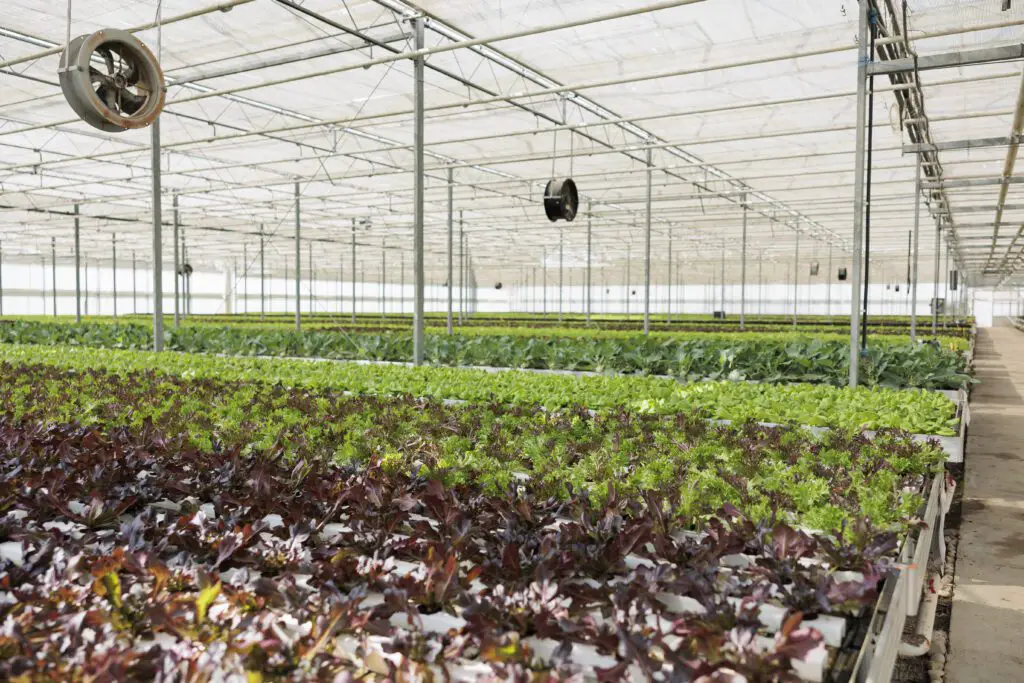
Maintaining a consistent and suitable temperature not only promotes healthy seedling development but also ensures overall plant vigor. By carefully managing temperature in the hydroponic system, gardeners can provide an optimal growing environment for successful germination and robust plant growth.
Light Intensity and Duration: Exploring the impact of light on germination and adopting techniques to ensure consistent and suitable lighting conditions throughout the germination process.
Light intensity and duration play a crucial role in the germination process of plants in a hydroponic system. The quality and quantity of light that plants receive can greatly impact their growth and development. Light acts as a source of energy for plants, enabling them to photosynthesize and produce essential nutrients.
To ensure consistent and suitable lighting conditions for germination, it is important to understand the light requirements of the specific plant species. Different plants have varying light needs, with some preferring more intense light while others thrive in lower light conditions. Research the optimal light intensity requirements for the plants you are growing and adjust your lighting system accordingly.
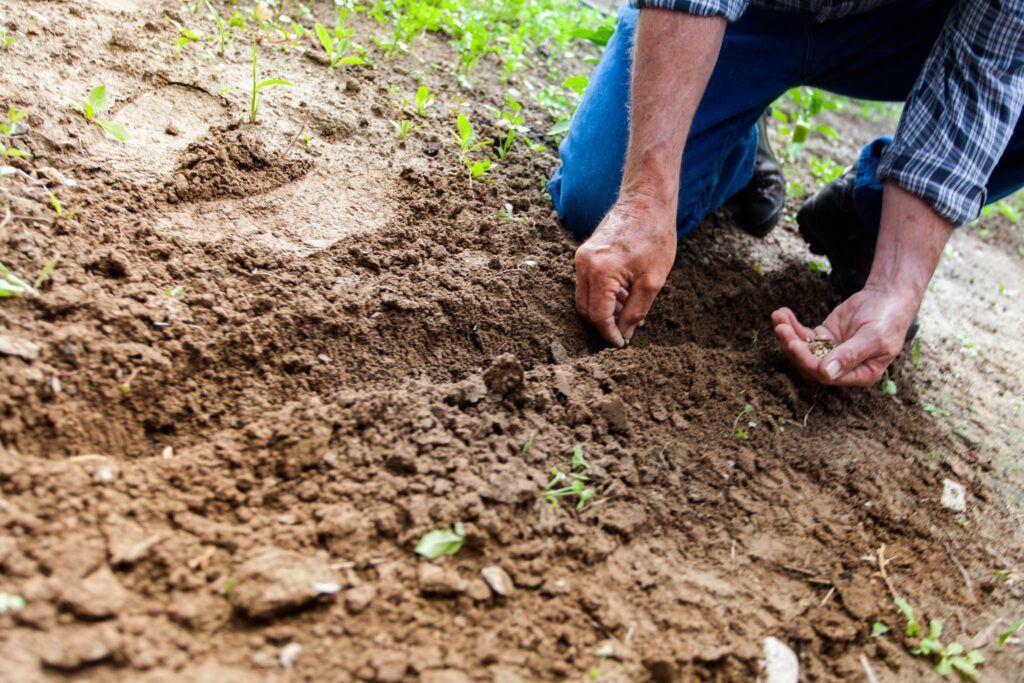
Furthermore, it is essential to provide consistent light duration throughout the germination process. Most plant species require a specific photoperiod, which refers to the number of hours of light they need each day. Uninterrupted darkness is also necessary for plants to undergo certain physiological processes. Use timers or automated lighting systems to control the duration and timing of light exposure, ensuring that plants receive the appropriate amount of light for successful germination. Remember to monitor your lighting system regularly to prevent any fluctuations or disruptions that may negatively impact the germination process.
Nutrient Solution Composition: Analyzing the essential nutrients required for successful germination in hydroponic rockwool and formulating a balanced nutrient solution to promote healthy seedling development.
Germination in hydroponic rockwool requires a balanced nutrient solution that provides the essential elements for healthy seedling development. By analyzing the nutrient requirements of germinating seeds, we can formulate a nutrient solution that meets these needs and promotes optimal growth.
One key nutrient essential for germination is nitrogen, which plays a vital role in the synthesis of proteins, enzymes, and chlorophyll. Phosphorus is another crucial nutrient, supporting energy transfer and promoting root development. Additionally, potassium aids in the regulation of water movement within the plant and enhances overall plant vigor. These macronutrients, along with others such as calcium and magnesium, must be present in the nutrient solution in appropriate proportions to ensure healthy seedling development.
In addition to the macronutrients, germinating seeds also require various essential micronutrients. Iron, for example, is essential for chlorophyll production, while zinc is crucial for hormone synthesis and enzyme activity. Manganese, copper, and boron are additional micronutrients that play specific roles in seedling development and overall plant health. By formulating a nutrient solution that provides the necessary balance of both macro and micronutrients, we can create an environment that supports successful germination and vigorous seedling growth in hydroponic rockwool systems.
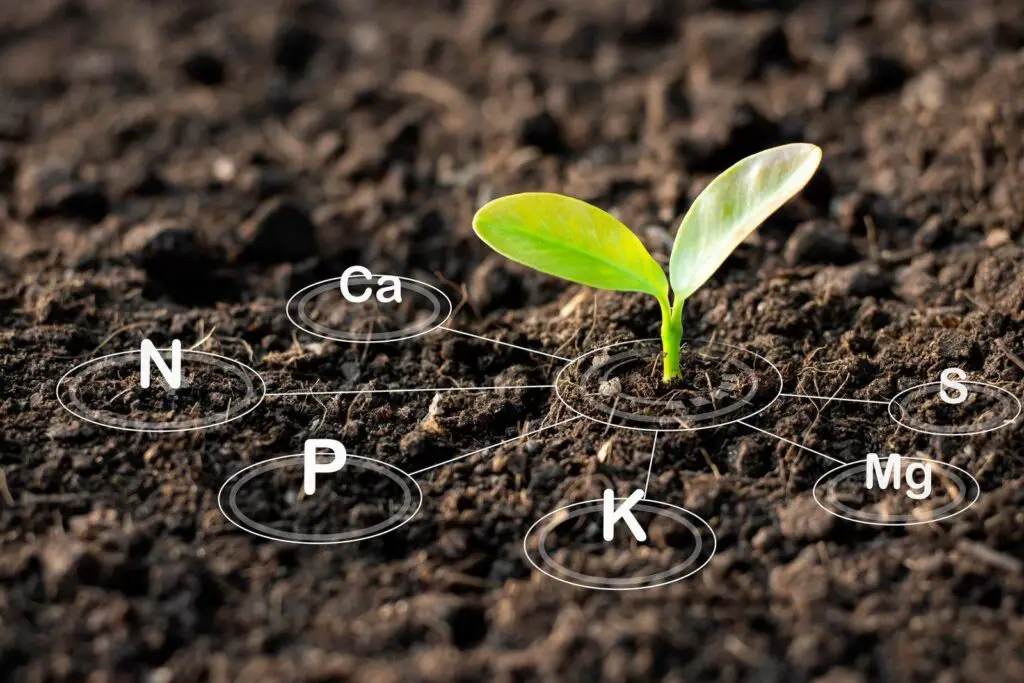
pH Balance: Recognizing the significance of maintaining the appropriate pH level in the hydroponic system and employing methods to monitor and adjust pH levels for optimal germination.
Maintaining the appropriate pH level in a hydroponic system is crucial for optimal germination. pH, which refers to the acidity or alkalinity of a solution, affects the availability of nutrients for plant uptake. Generally, most hydroponic crops thrive in a slightly acidic environment with a pH level between 5.5 and 6.5. This range allows for the efficient absorption of essential elements like nitrogen, phosphorus, and potassium.
To monitor and adjust the pH levels, hydroponic gardeners can utilize various methods. One effective technique is the use of pH meters or pH testing kits. These tools provide accurate and real-time measurements, allowing growers to make necessary adjustments to maintain the desired pH level. pH adjustment can be achieved by adding pH up (alkaline) or pH down (acidic) solutions to the nutrient solution. Additionally, the choice of growing media can also influence pH levels. For instance, rockwool typically has a neutral pH, while coco coir tends to be slightly acidic. By understanding the significance of pH balance and employing proper monitoring and adjustment methods, gardeners can create an optimal environment for seed germination in a hydroponic system.
• pH meters or pH testing kits can be used to monitor and adjust pH levels in a hydroponic system
• pH adjustment can be achieved by adding alkaline (pH up) or acidic (pH down) solutions to the nutrient solution
• The choice of growing media, such as rockwool or coco coir, can also influence pH levels
• Maintaining a slightly acidic environment with a pH level between 5.5 and 6.5 allows for efficient absorption of essential nutrients
• Proper monitoring and adjustment of pH levels create an optimal environment for seed germination in hydroponics
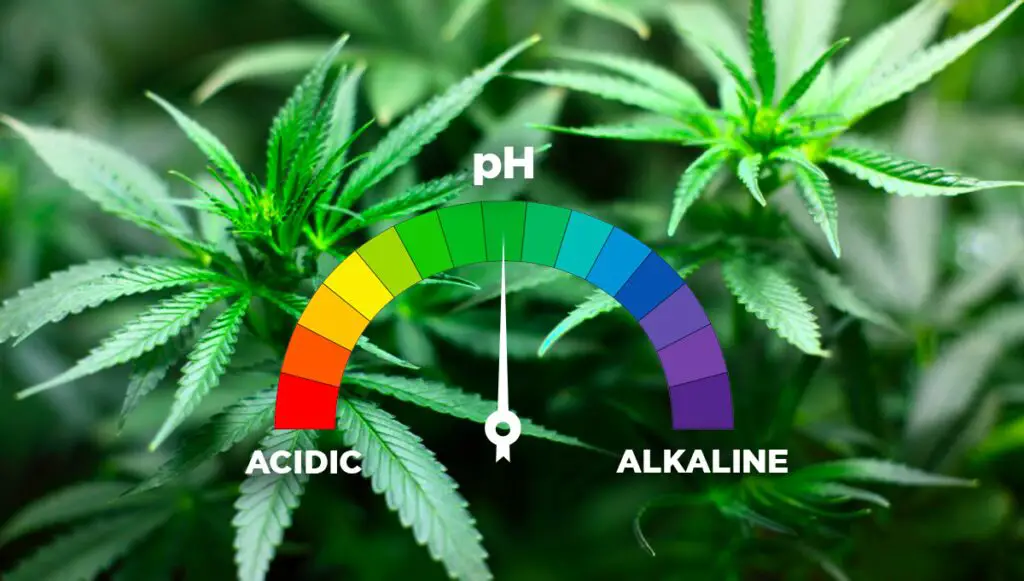
Oxygenation: Understanding the importance of proper oxygen levels in the root zone and implementing strategies to enhance oxygen availability for improved germination rates.
Proper oxygen levels in the root zone are essential for successful germination in a hydroponic system. Oxygen plays a crucial role in the respiration process of plant roots, facilitating the conversion of stored energy into usable forms. Insufficient oxygen can lead to root suffocation and hinder the germination process.
To enhance oxygen availability and improve germination rates, there are several strategies that can be implemented. One effective method is to ensure proper aeration of the nutrient solution. This can be achieved by incorporating air stones or diffusers into the hydroponic system, which release tiny bubbles of oxygen, creating a more oxygen-rich environment for the roots.
| Aspect | Importance | Enhancement Strategies |
|---|---|---|
| Oxygenation in Root Zone | Vital for respiration and nutrient uptake | 1. Adequate Drainage 2. Proper Irrigation 3. Aeration Techniques |
| Impact on Germination Rates | Higher oxygen levels enhance germination | 4. Suitable Containers 5. Avoid Compaction 6. Oxygen-Rich Additives |
Additionally, monitoring and maintaining the water temperature within the optimal range can also contribute to adequate oxygen levels. Lower temperatures promote oxygen dissolving capabilities, while higher temperatures can decrease oxygen solubility. By regulating the temperature of the nutrient solution, growers can optimize oxygen availability for germinating seeds.
By understanding the importance of oxygenation and implementing strategies to enhance oxygen levels in the root zone, gardening enthusiasts can significantly improve germination success in their hydroponic systems.
Seed Quality and Preparation: Selecting high-quality seeds and employing pre-germination techniques such as soaking or scarification to enhance germination success in hydroponic rockwool.
High-quality seeds are the foundation of successful germination in hydroponic rockwool systems. When selecting seeds, it is crucial to choose those that are healthy, viable, and free from disease or damage. Look for seeds that are plump and have a strong, uniform appearance. Additionally, consider purchasing seeds from reputable suppliers who can provide information about the seed’s origin, genetic lineage, and germination rates.
To further maximize germination success, pre-germination techniques such as soaking or scarification can be employed. Soaking seeds in water prior to planting can help to soften the seed coat and stimulate the germination process. Scarification, which involves gently scratching or nicking the seed coat, can also enhance germination rates by allowing moisture to penetrate the seed more effectively. However, it is crucial to exercise caution when using scarification techniques to avoid damaging the seed embryo.
By selecting high-quality seeds and employing pre-germination techniques, hydroponic gardeners can boost germination success in rockwool systems. A strategic approach to seed quality and preparation not only ensures a strong start for seedlings but also promotes healthy growth and development throughout the life cycle of the plants.
Seed Placement and Covering: Exploring the correct depth and positioning for seeds in rockwool cubes and ensuring proper coverage to facilitate successful germination
When it comes to successful germination in hydroponic rockwool, proper seed placement and covering are essential factors to consider. The correct depth and positioning of seeds in the rockwool cubes play a crucial role in ensuring optimal conditions for germination.
To begin, it is important to place the seeds at the appropriate depth within the rockwool cube. This allows for the right balance of moisture and oxygen, which are both critical for seedling development. Generally, for most seeds, a depth of around 1/4 to 1/2 inch is recommended, but it is always best to refer to the specific requirements of the plant species being cultivated.
In addition to depth, the positioning of seeds in the rockwool cube is equally important. Placing the seed at the center of the cube promotes even moisture distribution and allows for consistent root development. It is important to ensure that the seed remains undisturbed during the process, as any disturbance may hinder germination and subsequent growth.
Furthermore, proper coverage of the seed is crucial in facilitating successful germination. The surface of the rockwool cube should be gently pressed to provide the seed with firm contact, aiding in moisture absorption and preventing dehydration. However, it is essential not to apply excessive pressure, as this could inhibit seedling emergence. Striking the right balance is key to support successful germination in the hydroponic system.
Overall, the correct depth and positioning of seeds in the rockwool cubes, along with appropriate coverage, are fundamental for ensuring optimal conditions for successful germination. Taking these factors into consideration creates an environment that promotes healthy seedling development and sets the stage for successful hydroponic cultivation.
What is the correct depth for planting seeds in rockwool cubes?
The recommended depth for planting seeds in rockwool cubes is typically around 1/4 to 1/2 inch deep.
How should the seeds be positioned in the rockwool cubes?
Seeds should be placed in the center of the rockwool cube, ensuring they are fully covered with the growing medium.
Why is proper seed coverage important for successful germination?
Proper seed coverage helps to create a favorable environment for germination by protecting the seed from light and providing a stable moisture level.
Can I use different depths and positions for different types of seeds?
Yes, different types of seeds may have specific depth and positioning requirements. It is best to refer to the seed packet or consult a gardening guide for specific instructions.
How can I ensure the seeds are adequately covered in rockwool cubes?
Gently press the rockwool cube around the seed to ensure it is securely covered. If needed, you can add a thin layer of additional rockwool on top for extra coverage.
Should the seeds be covered with any other material besides rockwool?
In most cases, rockwool provides sufficient coverage for seeds. However, some seeds may benefit from a thin layer of vermiculite or perlite on top to aid in moisture retention.
Can I reuse rockwool cubes for planting seeds?
It is generally recommended to use fresh rockwool cubes for each new planting to ensure optimal germination and minimize the risk of disease or contamination.
How often should I water the rockwool cubes after planting the seeds?
Water the rockwool cubes regularly to maintain a moist, but not saturated, environment. The frequency of watering will depend on factors such as temperature and humidity.
What should I do if the seeds fail to germinate in the rockwool cubes?
If the seeds fail to germinate, it is crucial to assess the potential causes such as improper temperature, insufficient light, or poor seed quality. Adjusting these factors and trying again may improve germination rates.
Is rockwool the only medium suitable for germinating seeds hydroponically?
No, there are other hydroponic mediums available for germinating seeds, such as coco coir or peat moss. Each medium has its own advantages and considerations, so it’s important to choose the one that best suits your needs.

Pallavi Gupta is a burgeoning writer at SouthElMonteHydroponics, blending her passion for data analysis with a keen interest in biotechnology. Currently pursuing a Bachelor’s in Biotechnology at Amity University, Pallavi delves into the intricacies of life sciences while gaining hands-on experience in the exciting world of data analysis. Her unique background provides a fresh perspective on hydroponic farming, as she explores the intersection of biotechnology and sustainable agriculture. Through her writing, Pallavi aims to bridge the gap between data-driven insights and innovative farming practices, inspiring others to harness technology for a greener future.

